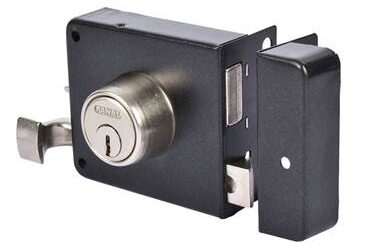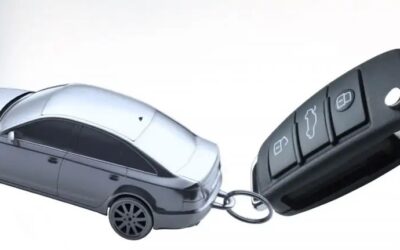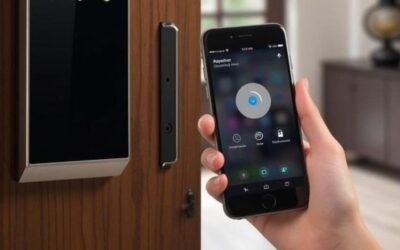Is your door really secure? The 5 critical points that determine your home’s safety
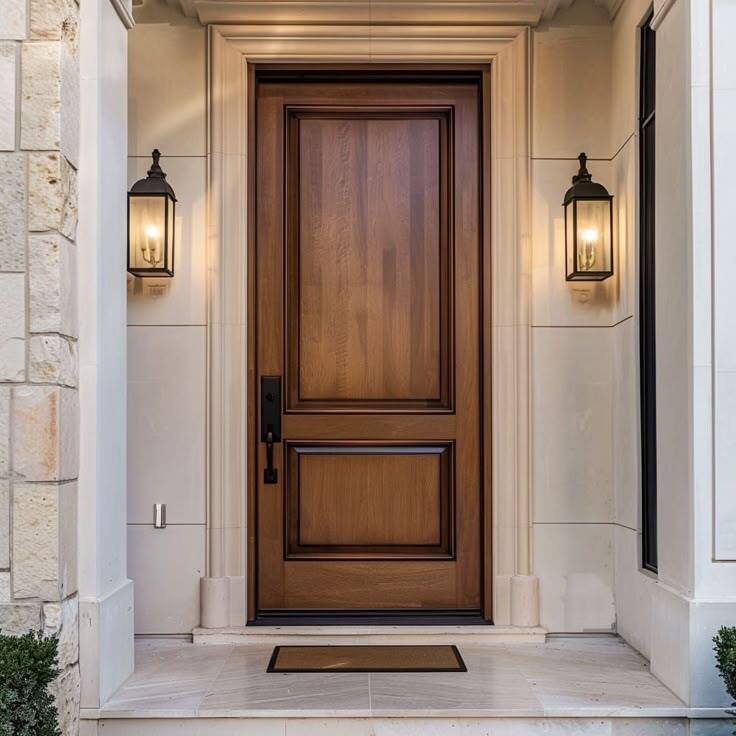
In an era where home security often brings to mind high-tech alarms and surveillance systems, many homeowners overlook the most fundamental component of their property’s protection: the door itself. At Pro Key Solutions, we’ve responded to countless security incidents where advanced alarm systems were rendered useless by basic door vulnerabilities. The truth is, no matter how sophisticated your security technology may be, a weak door can compromise your entire safety infrastructure.
Doors serve as the primary barrier between your family and potential intruders, yet they’re frequently the most underestimated element in home security planning. Through our years of experience as Miami’s trusted locksmiths, we’ve identified that over 70% of attempted break-ins exploit weaknesses in door systems rather than bypassing electronic security measures. This startling statistic underscores why understanding door security isn’t just helpful—it’s essential for every homeowner.
In this comprehensive guide, we’ll walk you through the five critical components that determine whether your door is truly secure. These aren’t just theoretical concepts—they’re practical factors our technicians evaluate during every security assessment. By understanding these elements, you’ll be better equipped to identify potential vulnerabilities and take proactive steps to strengthen your home’s first line of defense. Remember: security isn’t about creating fortresses; it’s about implementing smart, layered protection that gives you peace of mind.
1. The deadbolt: your first line of defense

A strong deadbolt forms the cornerstone of door security, yet many homeowners underestimate what makes a deadbolt effective. Standard deadbolts provided with most doors often contain basic mechanisms that can be vulnerable to picking, bumping, or drilling. At Pro Key Solutions, we recommend ANSI Grade 1 deadbolts with anti-pick pins, drill-resistant plates, and reinforced strike plates. The deadbolt should extend at least 1 inch into the door frame and feature a throw bolt that resists physical attacks. Remember: a deadbolt is only as strong as its installation and components, which is why professional assessment and installation are crucial for optimal security.
2. Door frame: the foundation that bears the pressure

The strongest door and lock become irrelevant if the frame fails under pressure. Most forced entries occur not because the lock breaks, but because the door frame splinters or cracks. Inspect your door frame for solid wood construction or consider metal reinforcement for high-risk areas. The strike plate should be secured with 3-inch screws that penetrate deep into the wall studs rather than just the door jamb. For maximum protection against kick-in attacks, we often recommend installing a door frame reinforcement kit—a simple upgrade that can significantly increase your door’s resistance to forced entry.
3. Hinges: the often-overlooked vulnerability
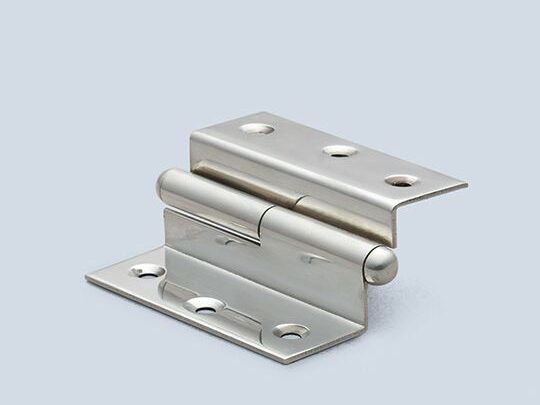
Hinges represent one of the most frequently overlooked aspects of door security, particularly on outward-opening exterior doors. Standard hinges with removable pins can allow intruders to simply lift the door off its frame. Ensure your exterior doors have non-removable hinges or security pins that prevent this type of attack. All hinge screws should be tight and long enough to reach firmly into the door frame. For added security, consider hinge bolts that engage when the door is closed, creating an additional locking point on the hinge side that distributes force more evenly across the door system.
4. Alignment and fit: where precision meets protection
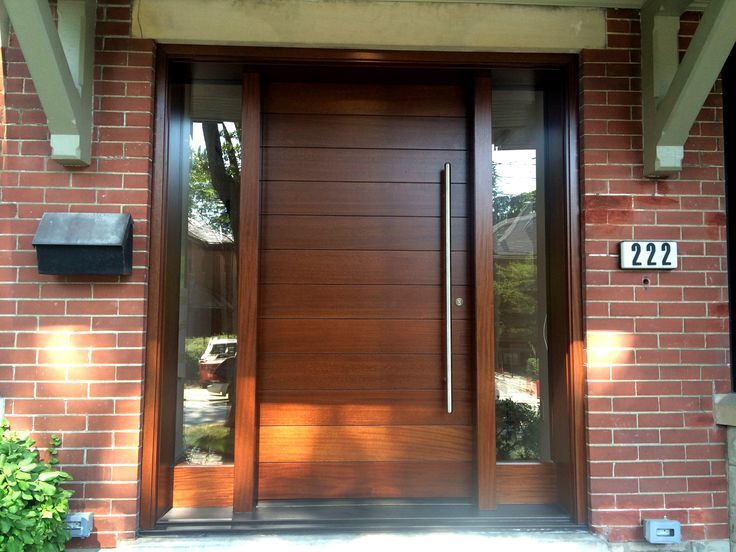
Even the strongest components won’t provide adequate security if your door doesn’t fit properly in its frame. A poorly aligned door creates gaps that can be exploited with tools like credit cards or pry bars. Check that your door closes smoothly without requiring excessive force, with no more than 1/8-inch gap between the door and frame. Weather stripping shouldn’t interfere with proper closure, and the door should sit flush against the weather seal when locked. Misalignment can strain locks and prevent deadbolts from fully engaging, creating vulnerabilities even when your door appears to be securely locked.
5. Lock type: matching security level to your needs

The type of lock you choose should reflect your specific security requirements and lifestyle. While traditional deadbolts provide basic protection, modern options like smart locks with activity monitoring, keyless entry systems for controlled access, or high-security locks with drill-resistant features offer enhanced security layers. For maximum protection, we often recommend combining different lock types—such as a primary deadbolt with a secondary mortise lock—to create multiple barriers that must be overcome. Regular updates are essential, as lock technology and security standards continuously evolve to address new threats.
Secure Your Doors with Professional Assessment
Don’t wait for a security incident to discover your door’s vulnerabilities. Our certified technicians provide comprehensive door security assessments, identifying weaknesses and implementing robust solutions tailored to your specific home and security needs. From reinforced strike plates to smart lock integration, we help you create a security system that works as a cohesive unit rather than a collection of isolated components.

